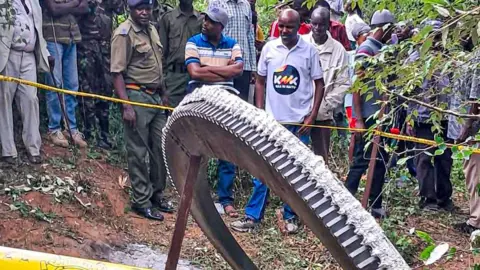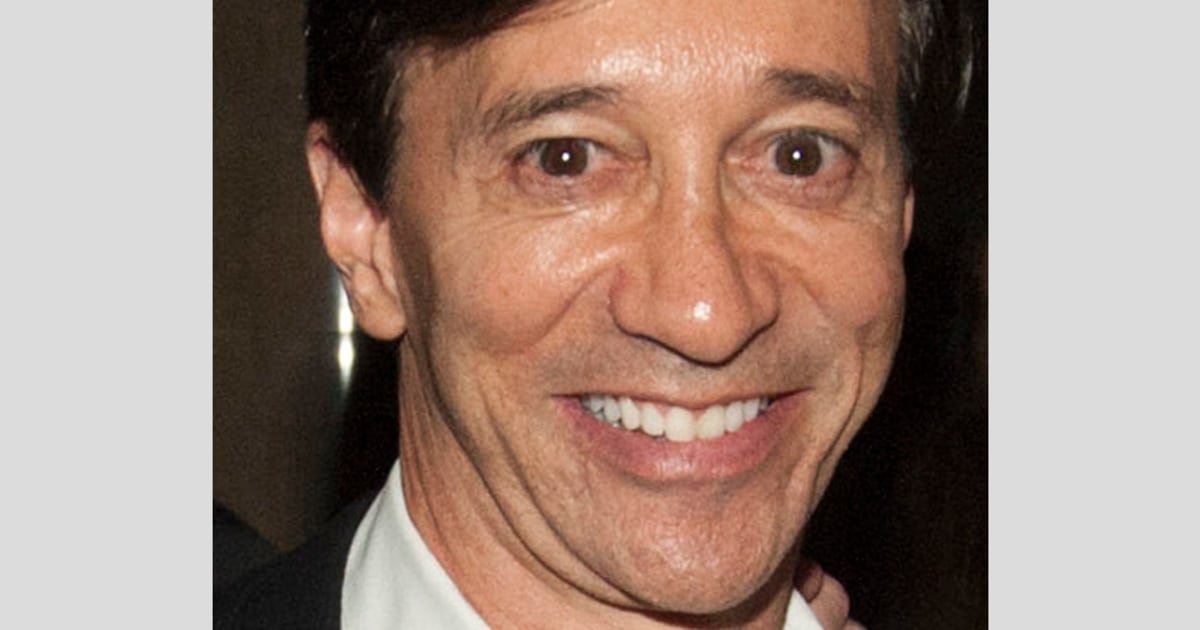A metallic ring weighing over 1,100 pounds crash-landed in Kenya just before New Year’s Eve, sending shockwaves—literal and figurative—through the small community of Mukuku, about 115 kilometers southeast of Nairobi. Experts from the Kenya Space Agency (KSA) later confirmed the object was a separation ring from a space launch vehicle, raising urgent questions about the growing problem of space debris orbiting Earth.
A Terrifying Crash and a Community on Edge
According to eyewitness accounts gathered by the BBC’s Waihiga Mwaura, residents first heard “a loud whizzing sound followed by a boom,” described by 75-year-old farmer Stephen Mangoka as “like a bomb going off.” The object, about 8 feet (2.44 meters) in diameter, landed on farmland near a dry riverbed and was red-hot for nearly two hours before villagers could approach.
Crowds gathered quickly, drawn by curiosity and fear, taking photos and speculating whether it was part of a rocket, a satellite, or something more sinister. Fearing scrap metal thieves might target the ring, villagers took turns guarding it overnight with local officials. By the next day, KSA teams had secured the object and transported it for testing.


Is Space Debris Becoming More Dangerous?
The Kenya Nuclear Regulatory Authority confirmed the ring carried slightly elevated radiation levels, though “not at a level harmful to humans.” Still, the incident rattled locals, some of whom reported cracks in their homes and worried about future health risks. Others demanded compensation, pointing to the Outer Space Treaty, which makes the launching state legally liable for damage caused by its space objects.
Pinpointing responsibility, however, is tricky. KSA director general Brigadier Hillary Kipkosgey noted the ring was a “common item in many rockets” and said investigations were ongoing. The UK Space Agency suggested it may belong to an Ariane rocket launched in 2008. If so, the ring could have been silently orbiting Earth for more than 16 years before its fiery descent.
A Global Challenge Growing Harder to Ignore
This isn’t an isolated event. NASA estimates over 6,000 tons of space debris currently orbit our planet, with more than 27,000 pieces large enough to be tracked. Most of this material burns up on re-entry, but larger fragments can survive—and as the number of satellites and rockets in use climbs, so do the odds of impact.
Similar incidents have already been recorded across Africa. In 2023, suspected space debris was found scattered across villages in western Uganda. Just days after the Mukuku crash, residents of northern Kenya and southern Ethiopia reported seeing bright objects streaking through the night sky. Each event underscores the growing unpredictability of orbital junk.
Why the World Needs to Act—Now
Experts agree on one thing: the planet can’t afford to treat space as a dumping ground. Proposed solutions range from satellites capable of capturing debris to passive systems that de-orbit old spacecraft safely. But as the KSA warns, these fixes are technically complex and costly, and international cooperation remains limited.
For Mukuku’s residents, the danger feels personal. “We need assurances from the government that it won’t happen again,” said local resident Benson Mutuku. Their fears echo a larger reality: without robust global rules and technology to manage space waste, more communities could find themselves at risk.
Ask ChatGPT
Source link


